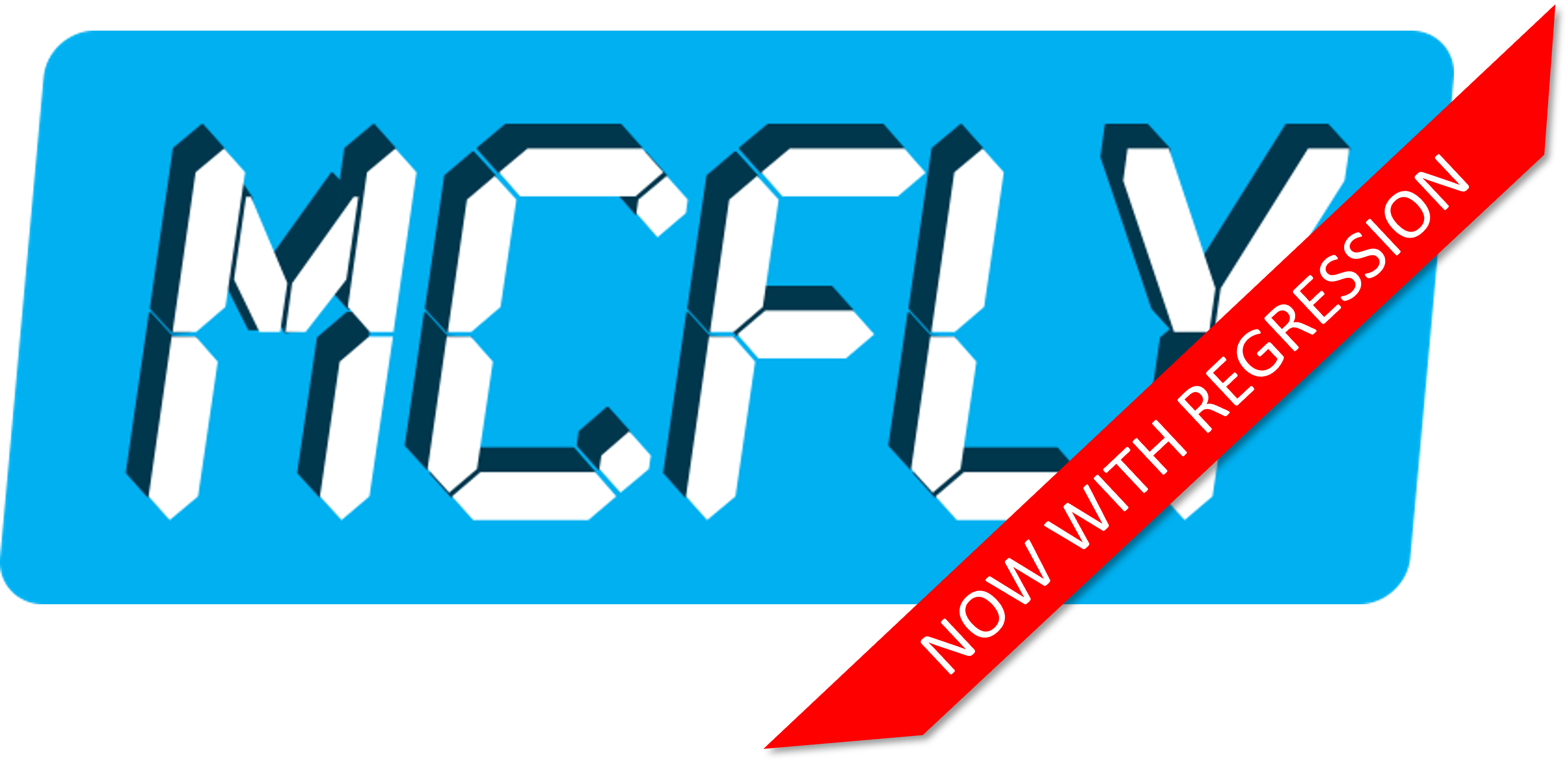The goal of mcfly is to ease the use of deep learning technology for time series classification and regression. The advantage of deep learning is that it can handle raw data directly, without the need to compute signal features. Deep learning does not require expert domain knowledge about the data, and has been shown to be competitive with conventional machine learning techniques. As an example, you can apply mcfly on accelerometer data for activity classification, as shown in the tutorial.
If you use mcfly in your research, please cite the following software paper:
D. van Kuppevelt, C. Meijer, F. Huber, A. van der Ploeg, S. Georgievska, V.T. van Hees. Mcfly: Automated deep learning on time series. SoftwareX, Volume 12, 2020. doi: 10.1016/j.softx.2020.100548
Prerequisites:
- Python 3.10, 3.11
- pip
- Tensorflow 2
Installing all dependencies in separate conda environment:
conda env create -f environment.yml
# activate this new environment
source activate mcflyTo install the package, run in the project directory:
pip install mcfly
We build a tool to visualize the configuration and performance of the models. The tool can be found on http://nlesc.github.io/mcfly/. To run the model visualization on your own computer, cd to the html directory and start up a python web server:
python -m http.server 8888 &
Navigate to http://localhost:8888/ in your browser to open the visualization. For a more elaborate description of the visualization see user manual.
You are welcome to contribute to the code via pull requests. Please have a look at the NLeSC guide for guidelines about software development.
We use numpy-style docstrings for code documentation.
Source code and data of mcfly are licensed under the Apache License, version 2.0.



